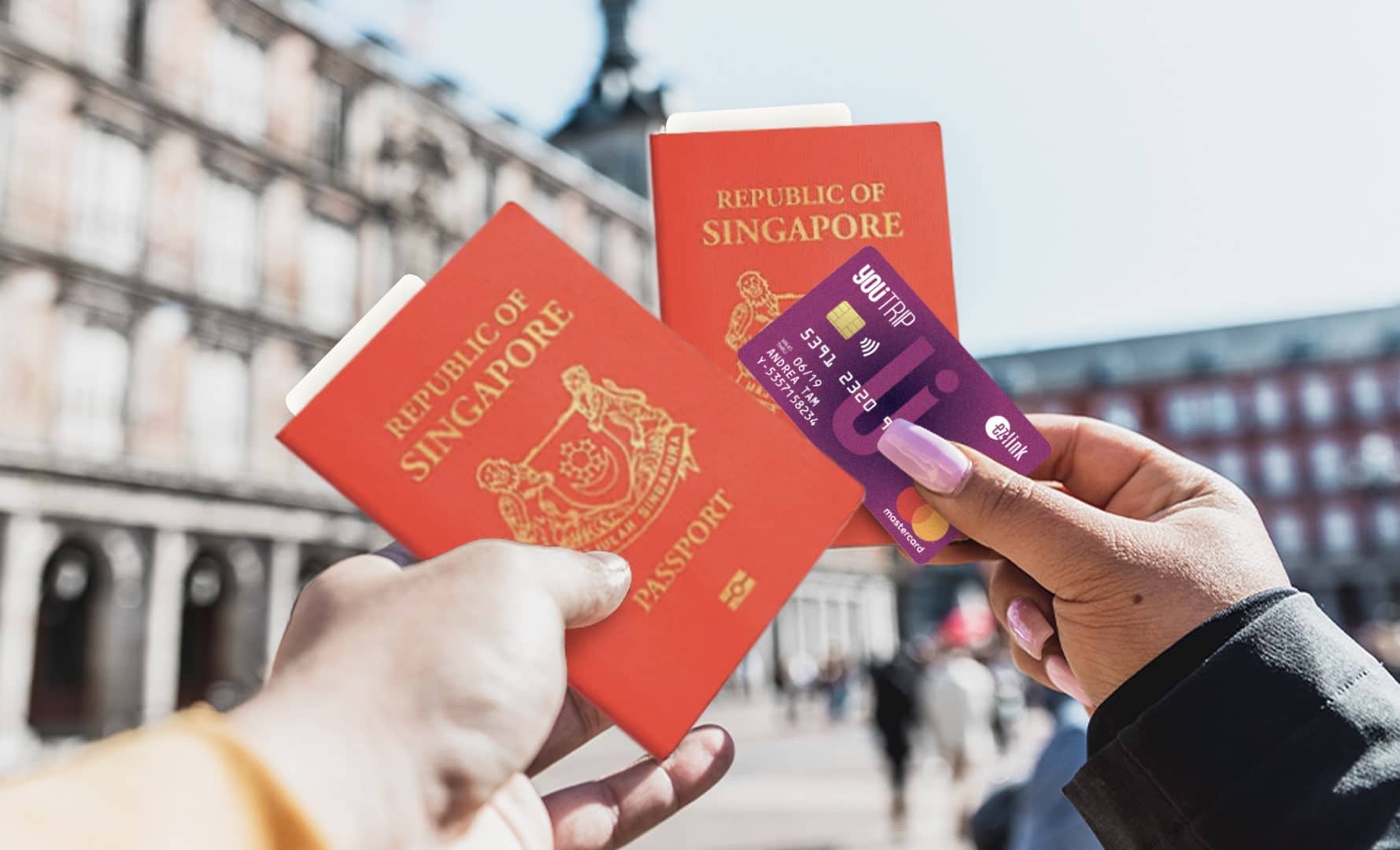Sydney, Australia – Despite Amazon being a well-known global e-commerce giant, online shoppers across Australia still find Amazon not to be a top choice for their online shopping needs, a new survey from digital experience management company Sitecore shows.
According to their latest data, only a fifth of their overall Australian respondents say Amazon as their top choice for online shopping. Despite such findings, Amazon is mainly gaining traction from their younger generation customers. Through the platform’s online retail service, Sitecore notes that adoption of Amazon as the go-to site is higher among Gen Z, compared to older generations (31% v 21%).
This finding is strengthened by the fact that the platform’s online retail experience has resulted in nearly one in three Australian consumers finding Amazon’s shopping experience to be more personalized when compared with other retailers. On aggregate, Amazon shoppers in Australia would move to other retailers if they provided the same incentives, discounts and purchase experience as Amazon.
Amid positive notes of high trust and personalization of Amazon’s shopping experience, 4 in 10 Australians—and half of Gen Z (53% vs. 39% among older gens) – would like to reduce the amount of shopping they do on Amazon. The research also said that Gen Z in Australia are more likely to shop directly from brands online, rather than Amazon (75% vs 66%).
Part of the reason for this consumer behavior of moving away from big brands is due to the fact that many Aussies fear low-quality and/or counterfeit products, which might be more evident in the larger platforms.
Paige O’Neill, CMO at Sitecore, comments on the findings, “The battle for digital retailer brand preference is in its early days in Australia. There is an opportunity here for Internet commerce players to expand their share of the market, but it won’t be an easy win. They’ll need to offer comparable levels of service and personalization throughout the customer journey as the fight for market share heats up.”

















